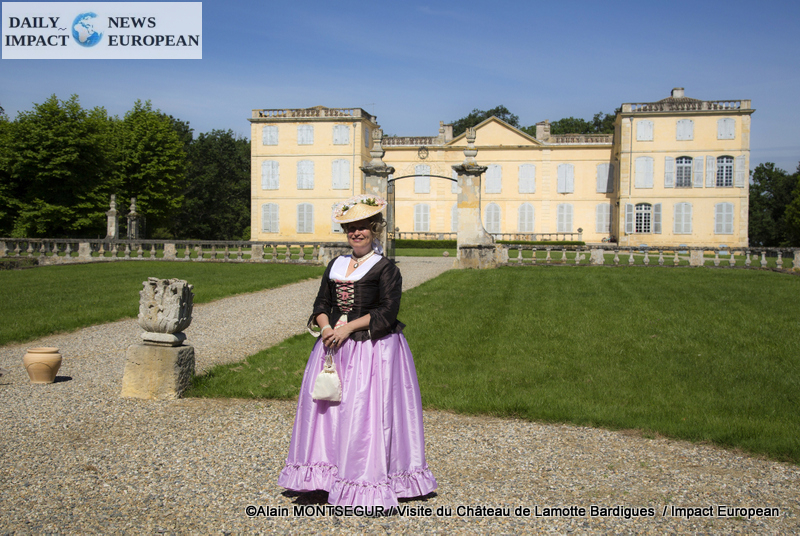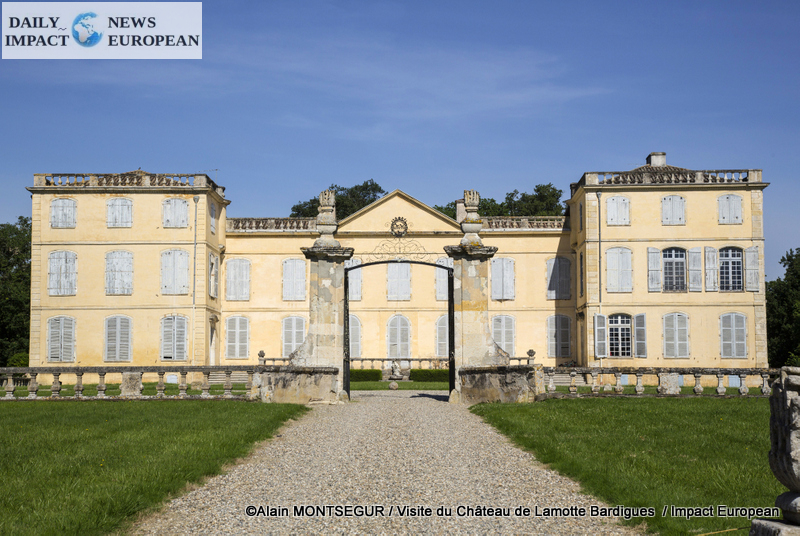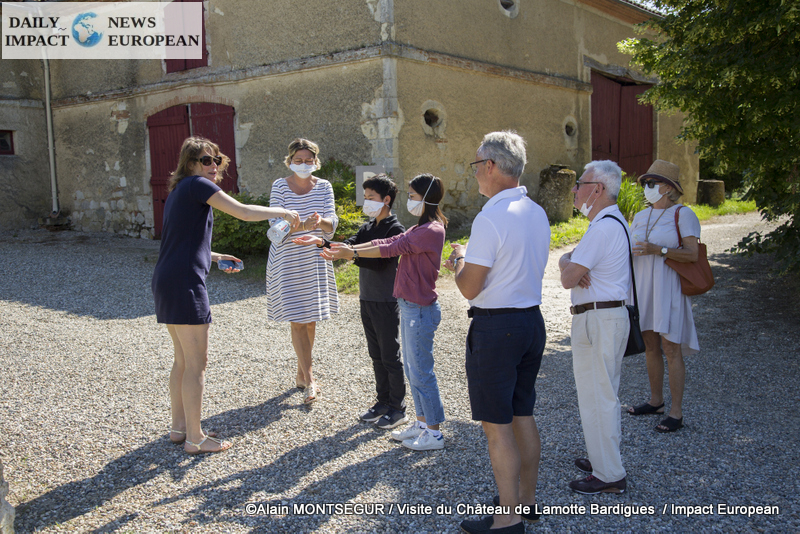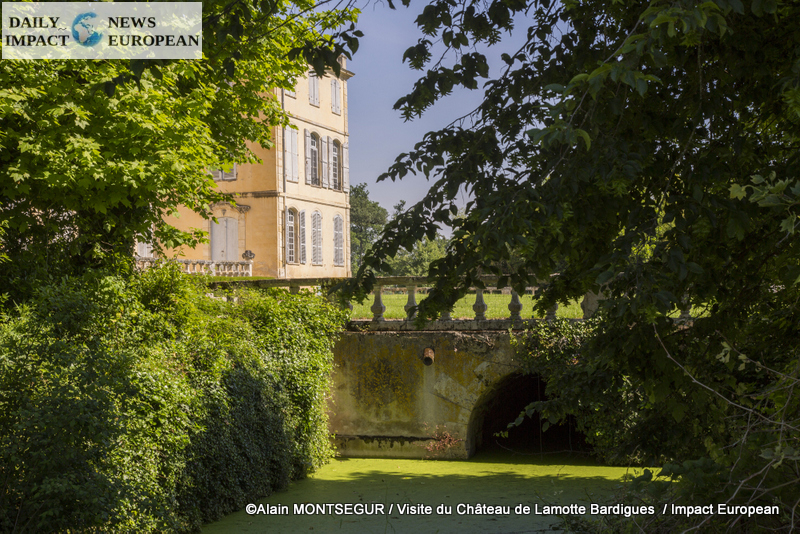Tarn & Garonne (82) is a southwestern department located in Occitanie. It shelters many hidden treasures including castles like that of Lamotte-Bardigues, museums like the Ingres museum of Montauban, religious buildings without forgetting its specialties of the soil, its crafts, its bastides and its villages.
Among the religious sites, the Carmel of Moissac, overlooking the uvale city and the Abbey of Saint-Pierre, had housed the Carmelite sisters in its pink brick cloister since the mid-19th century. Today it is a center for internships and stays, for, among other things, the reception of pilgrims on the way to Saint Jacques de Compostela.
Another curiosity, the Pontalaman waterfall bridge, a mixture of architecture and nature; not far from there, Gallo-Roman remains were discovered at the end of the 19th century near Bénas. Always linked to nature, the Chêne de Merles, jewel of the Deux Rives territory, by its size, its age of several centuries, its trunk more than 7 meters in circumference, housed a king of France, Henri IV then Henri from Navarre.
The Château de Lamotte-Bardigues is located in the heart of a valley on a plateau 5 km from the Garonne, it was chosen for its defensive position. The Estate consists of a 14th century castle rebuilt in the 18th century for the Esparbès de Lussan family whose current owners since 2018, Paul Alexandre and Caroline de Boisséson, are descendants of the 20th generation; of its outbuildings; an interior courtyard preceded by a gate bearing the arms of the d’Esparbès de Lussan with a Campan marble fountain; a park that covers 5 ha; an agricultural domain of 130 hectares cultivated in organic farming; 75 hectares of woods; 4 farms including that of a large family from the Ancien Régime, preserved almost entirely in its 18th century state; a windmill; a Chappe telegraph tower and a bread oven recently restored by an association from Auvillar, as well as the recreation of a vegetable garden, a henhouse and an orchard, the development of beehives with a neighboring beekeeper and the castle’s honey production, restore vines and produce life, one of the estate’s major sources of income until the beginning of the 20th century.
During the reconstruction, the main building with its large tower and its staircase pavilion was doubled in area. The interior of the castle has a refined decor (paneling and plasterwork from the 18th and 19th centuries, wallpapers, painted door tops, fireplaces, floors, terracotta tiles).
The building, of symmetrical plan, is made up of a basement floor and a square floor; the shell in limestone, freestone, rubble and plaster, ordered elevation surmounted by a croup covered with hollow tiles.
Some elements are protected by Historical Monuments:
- The main courtyard with its three portals, its balustrade and its fountain (classification by decree of May 24, 1973).
- The access path, the forecourt and the outbuildings which border it, the park and the warren, the castle mill (registration by decree of April 1, 1999).
- The castle (classification by decree of November 18, 1999).
Paul Alexandre and Caroline de Boisséson left Paris to open this pleasure house to the public and offer an evocation of the art of living in the 18th century in Tarn-et-Garonne through the architectural maintenance and the restoration of certain damaged parts, and make a pioneering agricultural domain in ecological transition and a showcase for local products.
Since April 2019, the castle is open to the public as well as a « museum » part thanks to the specific permanent collections of period furniture preserved in its entirety (armchairs, beds as well as the numerous objects and personal effects of its occupants), all like the agricultural domain and the redeveloped park where are held each year, thanks to local associations, cultural and artistic events, temporary exhibitions, plays…. In addition, an accommodation offer with reception and catering facilities in outbuildings and farms is being considered.
The chateau shop, in collaboration with local artisans, offers a selection of local products: wine, honey, cookies, jam, syrups, juices and herbal teas … as well as products derived from the chateau, games and books for children, postcards .. .
To contribute to the development of the domain, the Association of Friends of the Château de Lamotte-Bardigues was created in 2019. This is how we can see them strolling in the park and the castle in Louis period costume. XV during events they organize.
Lamotte-Bardigues Castle
82340 Bardigues
Phone. : 05 63 29 03 57
http://chateaudelamottebardigues.com/
https://www.facebook.com/chateaudelamottebardigues/
Share this content:























Plus d'histoires
“Qui brille au combat”: Joséphine Japy’s Heartfelt Call on Disability
The Sandman’s Daughter ice show
Île-de-France’s “Chanté Nwèl” Lights Up Saint-Ouen with Caribbean Warmth